
Dean Corll was a 33-year-old electrician living in Houston, Texas, who with two teen accomplices was responsible for kidnapping, torturing, raping and murdering at least 27 young boys in Houston in the early 1970s. The Houston Mass Murders, as the case was later called, became one of the most horrific series of murders in U.S. history. He was born in Fort Wayne, Indiana, to Mary Robinson and Arnold Corll. After his parents divorced, Dean and his brother Stanley moved with their mother to Houston, Texas. Dean seemed to adjust to the change, kept a good grade average and was described by teachers as being polite and well-behaved.
In 1964, Corll was drafted into the military, but was released on a hardship discharge a year later so he could return home to help his mother with her growing candy business. It was there that he earned the name, The Candy Man, because often he would treat children to free candy. After the business closed his mother moved to Colorado and Dean began training to become an electrician. There was nothing remarkable about Corll except for his odd choice of friends, who were mostly young male teens. Two, who were particularly close to Corll, was a 14-year-old boy named Elmer Wayne Henley and a 15-year-old boy named David Brooks. The three spent much time hanging around at Corll's house or driving with him in his van. That was until August 8, 1973, when Henley shot and killed Corll at his home. When police interviewed Henley about the shooting and searched Corll's home for evidence, a bizarre and brutal story of torture, rape and murder began to unfold.
While in police custody, Henley began to tell about his relationship with Corll. He said Corll paid him $200 or more "per head" to lure young boys to his house. Most of the boys were from low-income Houston neighborhoods and were easily persuaded to come to a party where there would be free alcohol and drugs. Many were also childhood friends of Henley and had no reason to distrust his intentions. But once inside Corll's home, they would soon become victims of his sadistic and murderous obsessions. Police skepticism towards Henley's story turned after searching Corll's house. Inside they discovered a bedroom that looked as if it was designed for torture and murder. There was a board with handcuffs attached, ropes, a large dildo and plastic covering the carpeted floor. There was also an odd wooden crate with what appeared to be airholes cut into it.
When Henley described what had happened before shooting Corll, the items in the room corroborated his story. According to Henley, he made Corll furious when he brought his young girlfriend over to the house with another friend, Tim Kerley. The group drank and did drugs and each fell asleep. When Henley awoke, his feet were bound and Corll was handcuffing him to his "torture" board. His girlfriend and Tim were also bound with electrical tape over their mouths. Henley was fully aware of what was to follow, having witnessed this same scenario before. He managed to convince Corll to free him by promising to participate in the torture and murder of his friends. Once free, he went along with some of Corll's instructions, including attempting to rape the young woman. Corll meanwhile, was trying to rape Tim, but the young boy fought so much Corll, frustrated, left the room. Henley immediately went for Corll's gun which he left behind. When Corll returned, Henley shot him six times, killing him.
Over the next few days, Henley readily talked about his part in the murderous activity in Corll's house. He led the police to where many of the victims were buried. The first location was a boatshed Corll rented in southwest Houston. There police uncovered the remains of 17 of the boys Corll had murdered. Ten more bodies were found at various other burial sites in or near Houston. Altogether there were 27 bodies recovered. An examination of the victims determined that some of the boys had been shot, others strangled to death. Signs of torture were visible, including castration, objects inserted into the victim's rectums and glass rods pushed into their urethras. All had been sodomized.
There was much criticism launched at the Houston police department for failing to investigate the many missing person's reports filed by the parents of the dead boys. The police viewed most reports as probable runaway cases although many of them came from the same area or neighborhood. The ages of the young victims ranged from ages nine to age 21, however most were in their teens. Two of the families suffered losing two sons to Corll's deadly rage. Henley confessed to knowing about Corll's brutal crimes and also to participating in murdering one of the boys. Brooks, although closer to Corll than Henley, told police that he had no knowledge of the crimes. After the investigation ended, Henley insisted there were three more boys who had been murdered, but their bodies were never found. In a highly publisized trial, Brooks was found guilty of one murder and sentenced to life in prison. Henley was convicted of six of the murders and sentenced to six 99-year-terms. He was not convicted of killing Corll because it was judged as an act of self-defense.

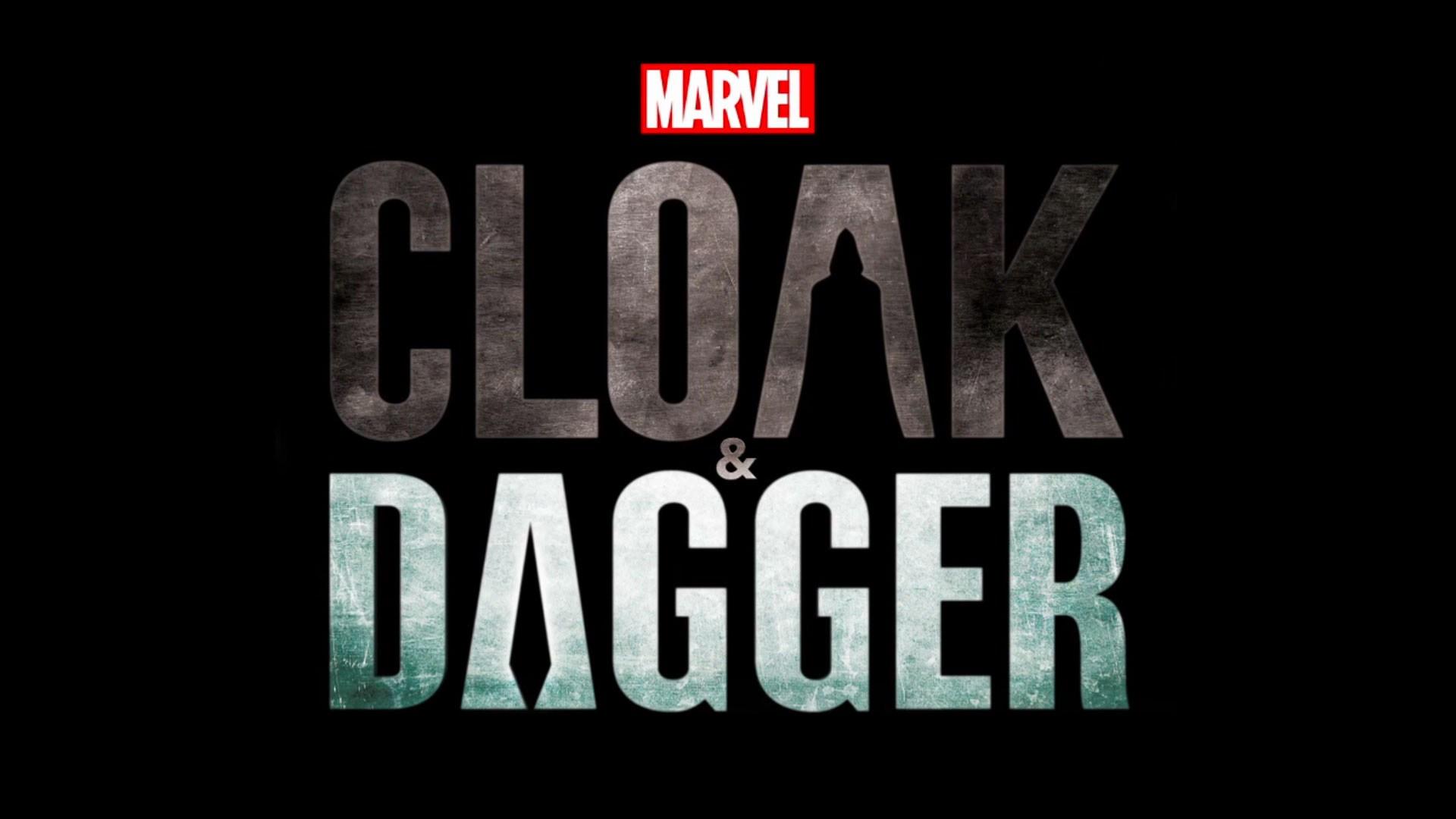


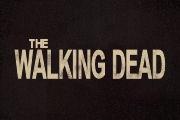
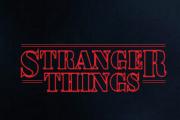
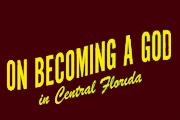
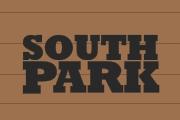








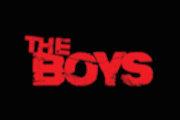
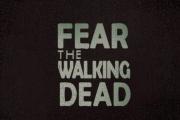


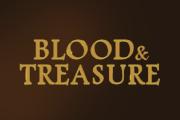

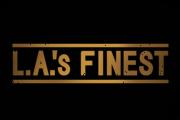
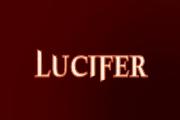
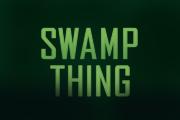

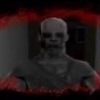
Recommended Comments
There are no comments to display.
Join the conversation
You can post now and register later. If you have an account, sign in now to post with your account.